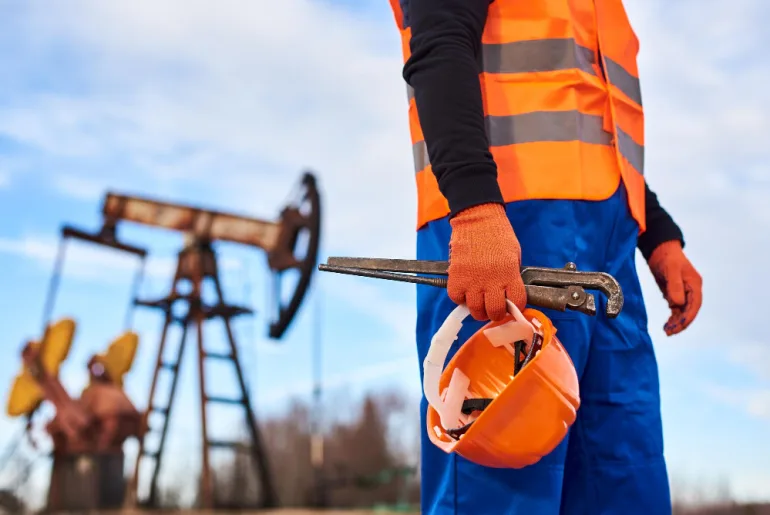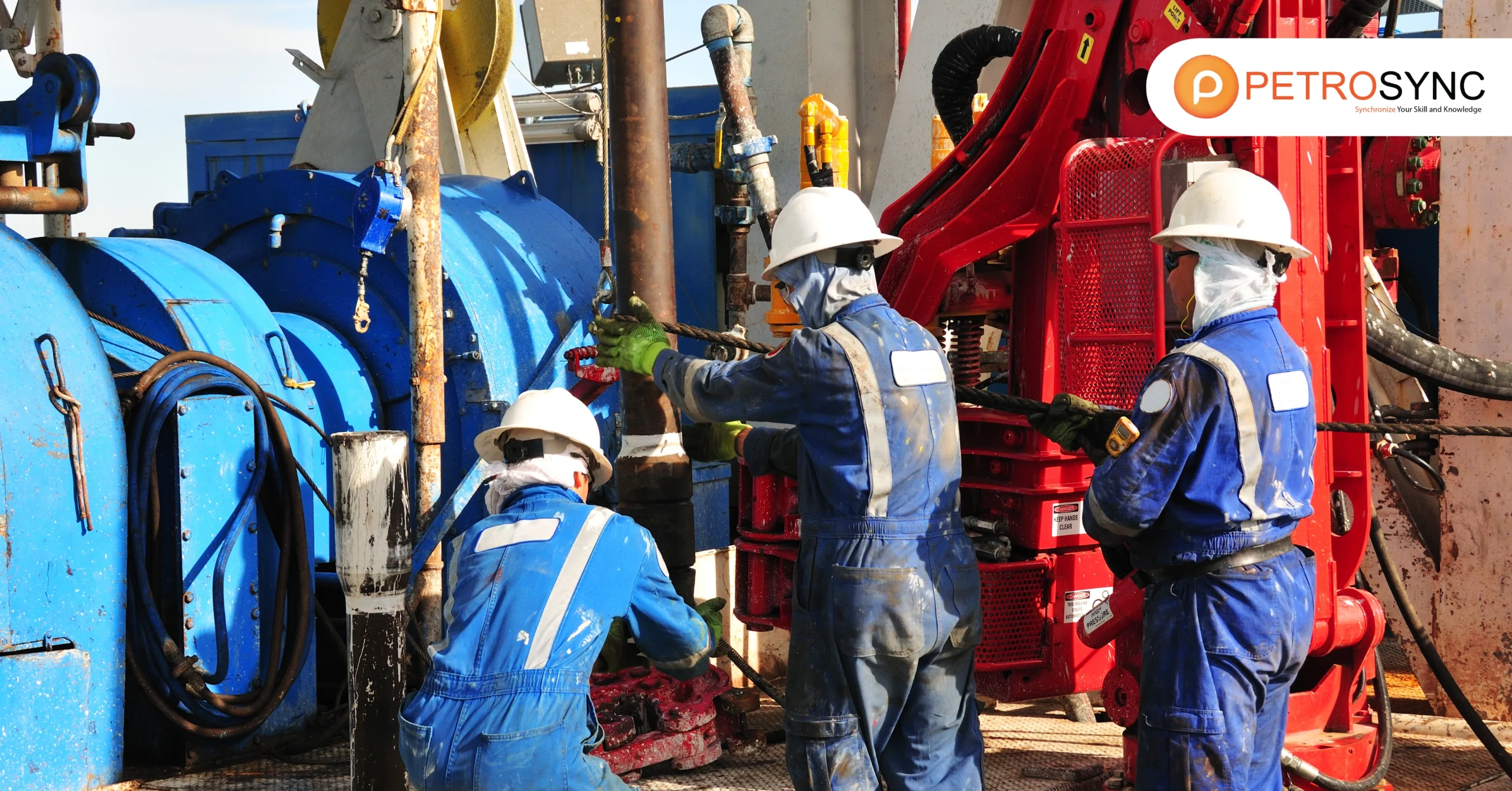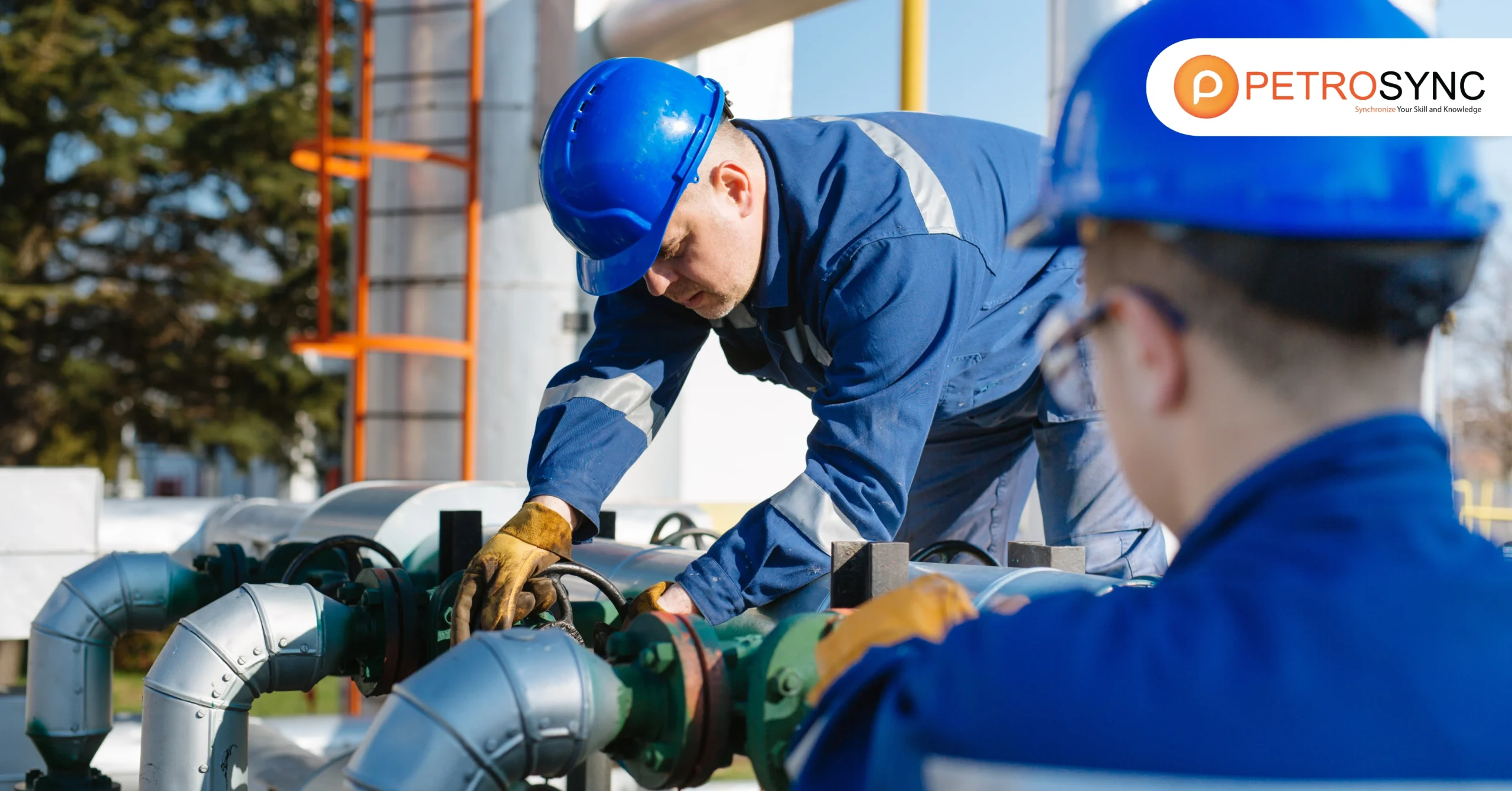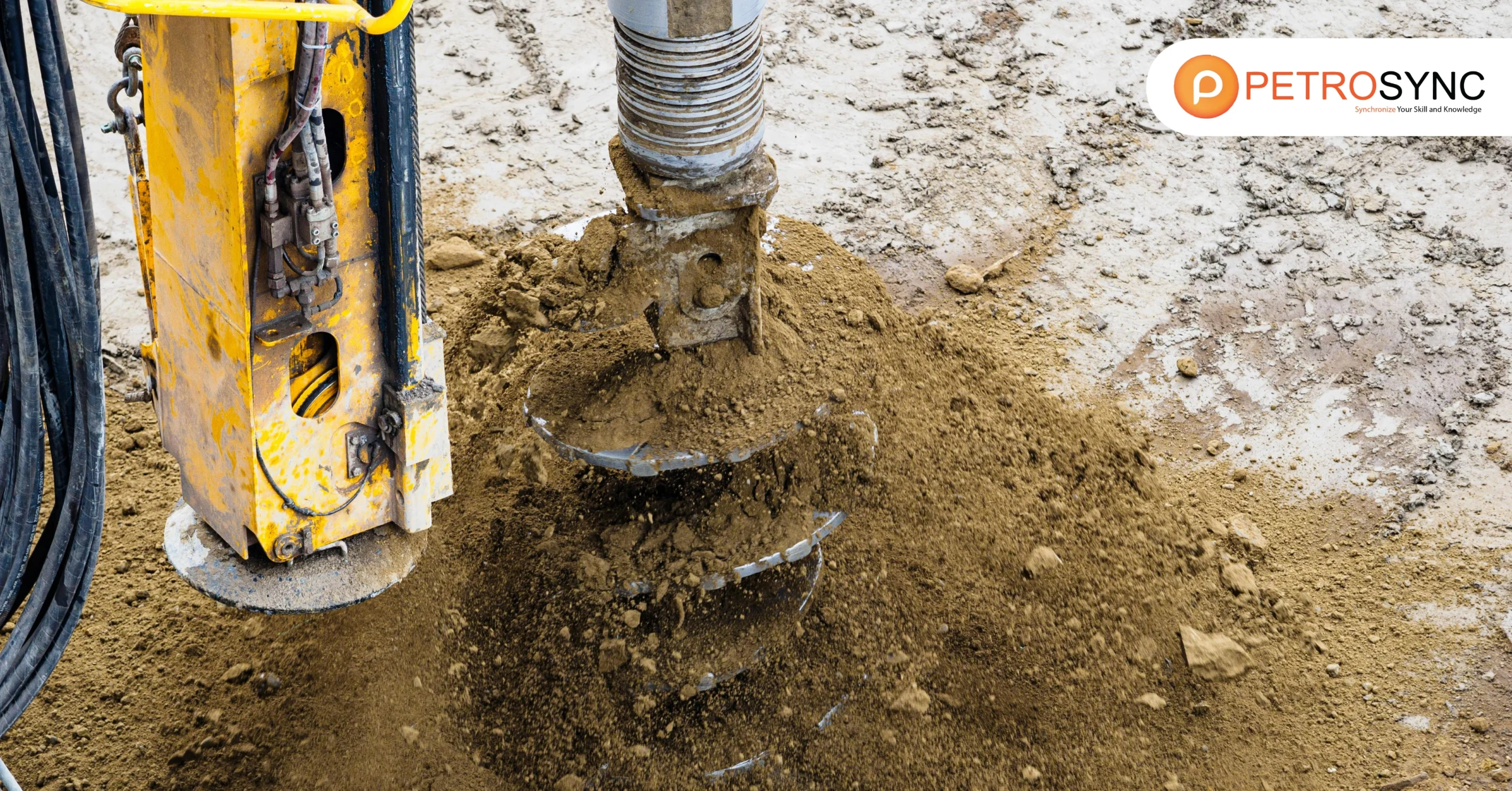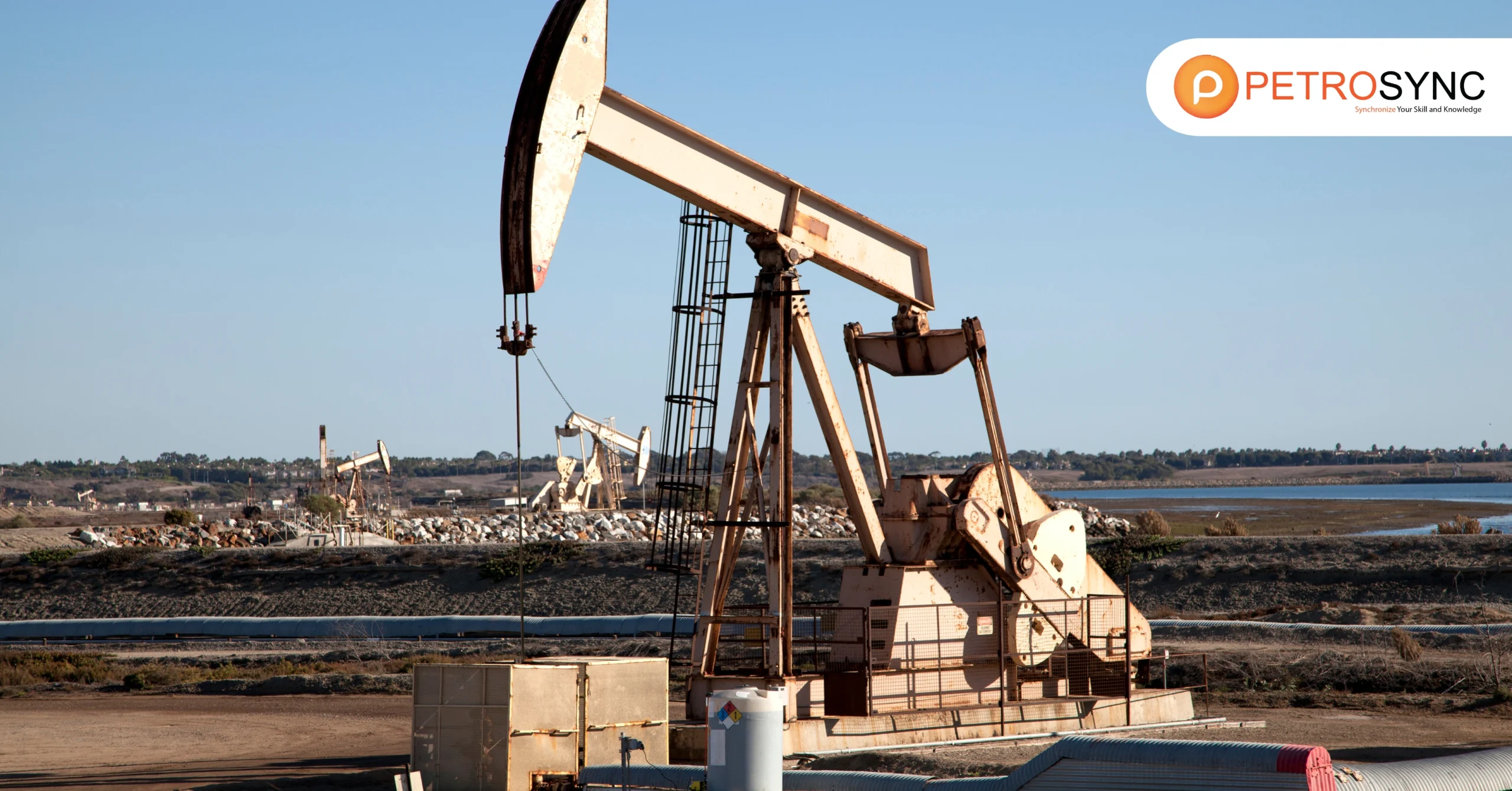Artificial lift is a collection of methods employed in the oil and gas sector to increase the flow of hydrocarbons from a well to the surface when the natural pressure in the reservoir is insufficient. It utilizes mechanical or electrical systems to elevate the extracted fluids, like oil or gas, from the wellbore to the surface.
Understanding artificial lift methods allows engineers and personnel to optimize oil and gas wells production. They can analyze well conditions, identify the most suitable artificial lift method, and implement effective strategies for hydrocarbon flow. Strong fundamentals of artificial lift methods can also expand their expertise, making them valuable assets to their organizations. The knowledge gained can lead to career advancement opportunities and the ability to take on more complex projects and responsibilities.
What Is Artificial Lift Methods Training Course Overview?
This course introduces artificial lift solutions and production optimization concepts, focusing on the reservoir life cycle. It begins by explaining the need for artificial lift systems. Then it covers various methods, including Gas Lift, Reciprocating Rod Lift, Progressive Cavity Pumping (PCP), Hydraulic Pumping (HP), Electrical Submersible Pumping (ESP), Plunger, and Capillary Systems.
Each lift type is discussed, covering components, application range, and strengths and weaknesses. The course also includes interactive discussion sessions where trainees can share challenges and plans for lift systems, applying the concepts learned.
What Is The Artificial Lift Methods Training Course Objective?
The objective of the Artificial Lift Methods Training Course is to provide attendees with a comprehensive understanding of various artificial lift methods and equip them with the necessary skills and knowledge to effectively select, operate, and optimize artificial lift systems. The complete objectives are as follows:
- Gain a comprehensive understanding of various artificial lift methodologies and their impact on production performance.
- Increase knowledge about factors influencing optimal designs and operations, including fluid properties and multiphase flow regimes.
- Receive an overview of lift techniques, technologies, and equipment, exploring alternate deployment scenarios and multisensory applications for surveillance and optimization.
- Acquire the necessary skills to select and size artificial lift systems effectively.
- Develop the ability to choose a suitable artificial lift system, plan its operation, and monitor and analyze its performance.
- Learn strategies for maximizing oil production economically using artificial lift systems.
- Perform basic calculations related to PVT properties and inflow performance in the context of artificial lift.
- Select the appropriate artificial lift system by evaluating factors such as drawdown potential, initial and operating expenses, production range, depth limitations, and specific challenges like sand, scale, and deviation.
- Design and operate system features for each method, considering harsh environmental conditions.
What Is Artificial Lift Methods Training Course Outline?
DAY 1
Pre-course test
Module 1 : Oil Field Production System, including:
- Oil origin and Geology
- Well-drilling and completion types
- Surface production facilities
- Reservoir recovery methods
Module 2 : Reservoir Performance IPR & OPR
- Wellbore and reservoir performance overview
- Pressure losses in the system
- Well Productivity
- Concepts of productivity index
- IPR & OPR
- Nodal System Analysis
DAY 2
Quizzes & Recap
Module 3: Why & When Artificial Lift is Required?
- Well-production problems
- Formation damage
- Formation damage causes and prevention techniques
- The change in the reservoir conditions and impact on well performance
- When is the artificial lift recommended? Why? Which system?
- Overview of artificial lift technology: GL, SRP, HPs, ESP, PCP, Plunger system & Capillary system.
- Application of artificial lift technology and limitations
- Artificial lift screening methods
- Basis for selection of artificial lift system
Module 4 : Gas Lift (GL)
- Introduction
- Components and Operation concept
- Elastomer
- Design
- Lifting capability compared to other artificial lift methods
- PCP troubleshooting
- Case Study: Understanding & improving gas lift compressor, Gas lift optimization, and Gas lift well performance prediction
DAY 3
Quizzes & Recap
Module 5 : Sucker Rod Pump (SRP)
- Concept, types, limitations, and advantages
- Design, components, and operations
- Limitations and advantages
- Main equipment parts
- Production system operations by SRP
- Lifting capability compared to other artificial lift methods
- Intake Pump Curve
- Production Optimization
- Design Sucker Rod Pump
- Factors affecting the movement of the rod
- Lifting capability compared to other artificial lift methods
- Importance of correctly matching well productivity to pump performance
- Use of data to diagnose well/equipment problems
- SRP Troubleshooting
- Case Study: Pump stroke optimization and Sucker rod failure analysis
Module 6 : Progressive Cavity Pump (PCP)
- Concept, types, limitations, and advantages
- Design, components, and operations
- Limitations and advantages
- Main equipment parts
- Production system operations by PCP
- Lifting capability compared to other artificial lift methods
- Elastomer
- Design
- Lifting capability compared to other artificial lift methods
- Importance of correctly matching well productivity to pump performance
- Use of data to diagnose well/equipment problems
- PCP troubleshooting
- Case Study: Rotor failure analysis and Pump performance
DAY 4
Quizzes & Recap
Module 7 : Electric Submersible Pump (ESP)
- Concept, types, limitations, and advantages
- Design, components, and operations
- Limitations and advantages
- Main equipment parts
- Production system operations by ESP
- Lifting capability compared to other artificial lift methods
- Basics of ESP calculations
- ESP Construction
- Pump Selection
- Applications in the Field
- Importance of correctly matching well productivity to pump performance
- Use of data to diagnose well/equipment problems
- ESP Troubleshooting
- Case Study: Pump failure analysis, Y-tool system & reservoir surveillance, Power saving with permanent magnet motor, and Change in contract strategy save millions
Module 8 : Hydraulic Pump (HP)
- Surface Equipment components and Operation concept
- Types of Pump Units
- Pump Sizing
- Pump selection
- Lifting capability compared to other artificial lift methods
- Importance of correctly matching well productivity to pump performance
- Use of data to diagnose well/equipment problems
- ESP Troubleshooting
- Pumps Troubleshooting
- Case Study
Module 9 : Jet Pump (JP)
- Introduction
- Components and Operation concept
- Gas issue
- Nozzle & Throat sizing
- Jet pump calculations
- Pump performance graph
- Lifting capability compared to other artificial lift methods
- Importance of correctly matching well productivity to pump performance
- Use of data to diagnose well/equipment problems
- ESP Troubleshooting
- Jet pump troubleshooting
- Case Study: Flow analysis inside the jet pump and Pump failure analysis
DAY 5
Quizzes & Recap
Module 10: Plunger System
- Introduction
- Components and Operation Concept
- Conventional and Continuous Plunger Lift
- Lifting capability compared to other artificial lift methods
- Drawdown and IPRs for Plunger Lift
- Importance of correctly matching well productivity to system performance
- Use of data to diagnose well/equipment problems
- ESP Troubleshooting
- Plunger Lift Troubleshooting
- Case Study: Impact of the well deviation angle on system performance
Module 11: Capillary System
- Introduction
- Components and Operation concept
- Lifting capabilities and performance
- Applications in the field
- Importance of correctly matching well productivity to system performance
- Use of data to diagnose well/equipment problems
- ESP Troubleshooting
- Troubleshooting
Q & A and exercises
Post-course Test
Who Should Attend the Artificial Lift Methods Training Course?
PetroSync Artificial Lift Methods training course is best suited for, but not limited to:
- Production Engineers with 0-10 years of experience
- Field Operations Engineers with 0-10 years of experience
- Operators with 0-10 years of experience
- Geoscientists with 0-10 years of experience
- Reservoir Engineers with 0-10 years of experience
- Petroleum Engineers with 0-10 years of experience
By enrolling in the Artificial Lift Method training course offered by PetroSync, attendees will have the opportunity to enhance their knowledge and skills in oil field production systems and establish a solid foundation in the fundamentals of artificial lift methodologies. This comprehensive training program delves into various aspects of artificial lift, including reservoir performance, lift techniques and technologies, equipment overview, selection criteria, and troubleshooting.
Through interactive sessions, practical case studies, and discussions, attendees will gain a deep understanding of the interplay between oil field production systems and artificial lift methods, enabling them to make informed decisions, optimize production, and overcome challenges in the field. With PetroSync’s expertise and a comprehensive curriculum, attendees will emerge from the training equipped with valuable insights, practical techniques, and the confidence to excel in the dynamic and demanding oil and gas production field.
Reserve your Artificial Lift Method training course and equip yourself with the knowledge, skills, and decision-making abilities to select, operate, and optimize artificial lift systems with PetroSync!
Credit Header Image: Freepik.com

SEO specialist by day, fact-checker by night. An avid reader and content writer dedicated to delivering accurate and engaging articles through research and credible sources.

